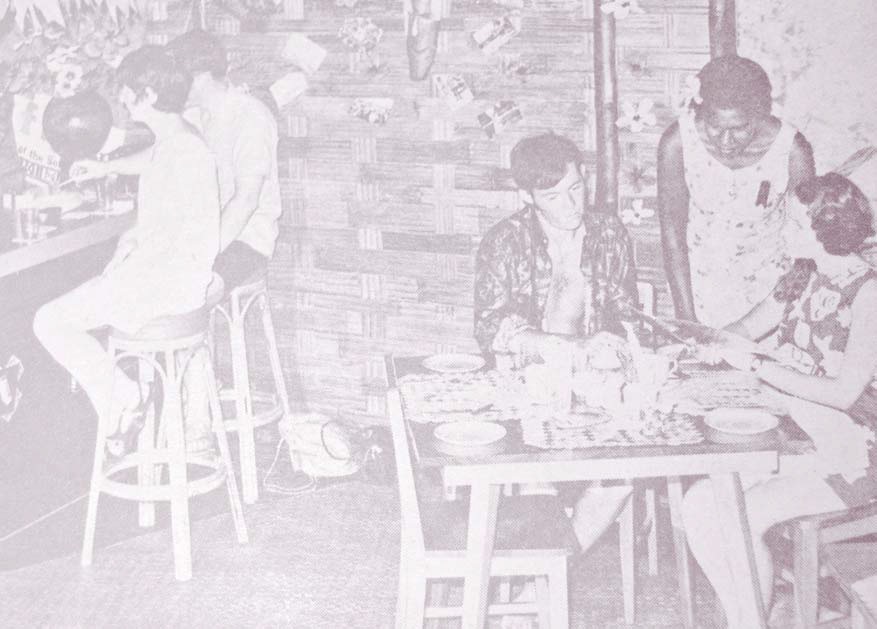Part 3
In 1970, Rory Scott, who was then the general manager of the Fiji Visitors Bureau, presented a paper to the Fiji Society entitled The Development of Tourism in Fiji since 1923.
This article is based on his paper.
The Suva Tourist Bureau was born on May 1, 1923, the children of a body known as the White Settlement League.
First manager was John Herrick.
He set up office in the premises that formed part of the old Club Hotel.
In 1951, a new airline, Fiji Airways, made its first scheduled passenger flight between Nausori and Nadi, using a de Havilla 89, powered by two six-cylinder Gypsy engines and carrying eight passengers.
At this time, there was, at last, a road around the main island. But few people were travelling, and Fiji had little to offer the tourist other than natural beauty.
The only people visiting in those post-war austerity days were businessmen, officials and relatives of residents.
Also in 1951, the old Fiji Publicity Board, along with a new (and Fiji’s first) travel agency, Hunts Travel Service had become founding members of the Pacific Interim Travel Association, which a year later became the Pacific Area Travel Association (PATA).
PATA won the immediate support of the international airline, who realised that if they were to woo the new discretionary traveller rather than those who had to travel for business reasons, accommodation and activities must be provided for them.
Since Nadi had already been selected as the next available refuelling point in terms of sector distances between Honolulu and Sydney, Fiji had the opportunity of becoming a tourist destination.
The South Pacific Air Transport Council (SPATC) was formed with Britain, Australia and New Zealand as full members and Fiji as a colony (nominal member) but very under Britain’s thumb.
Some $US5.3 million was earmarked for turning Nadi Airport into a truly international airport.
The airlines and PATA pressed for new hotels.
The infant FVB continued nagging government to take seriously the idea of a Fiji tourist industry.
Some quickening of government interest was noted around 1957, but mainly in the context of agricultural expansion.
In 1958, PATA agreed, in cooperation with the US Department of Commerce, to undertake the first comprehensive study of tourism potential for the whole Pacific.
The services of an American firm, Checci and Company, were retained for the work.
Their report covering 17 countries was published in 1961.
In the case of Fiji, the report noted that in 1958, 12,000 tourists has cleared customs and immigration and an additional 3800 cruise passengers had called for one day, 24,000 people had passed through on ships bound for Australia and the northern hemisphere, and 36,000 transit air passengers had passed through Nadi Airport.
Total tourist expenditure for the year was estimated at $US 2.5 million or about 12 per cent of the gross national income of Fiji.
The government got about $US 800,000 in tax revenue and paid out $US 25,000 to finance the FVB. The Checci report added that by 1968, Fiji should be able to increase its tourism business to as much as US$ 10 million and its visitor count to 45,000.
The FVB budget in that year, the report said, should be $US 410,000, which would give the government a return of $US 7 for every $US1 spent on tourism development.



